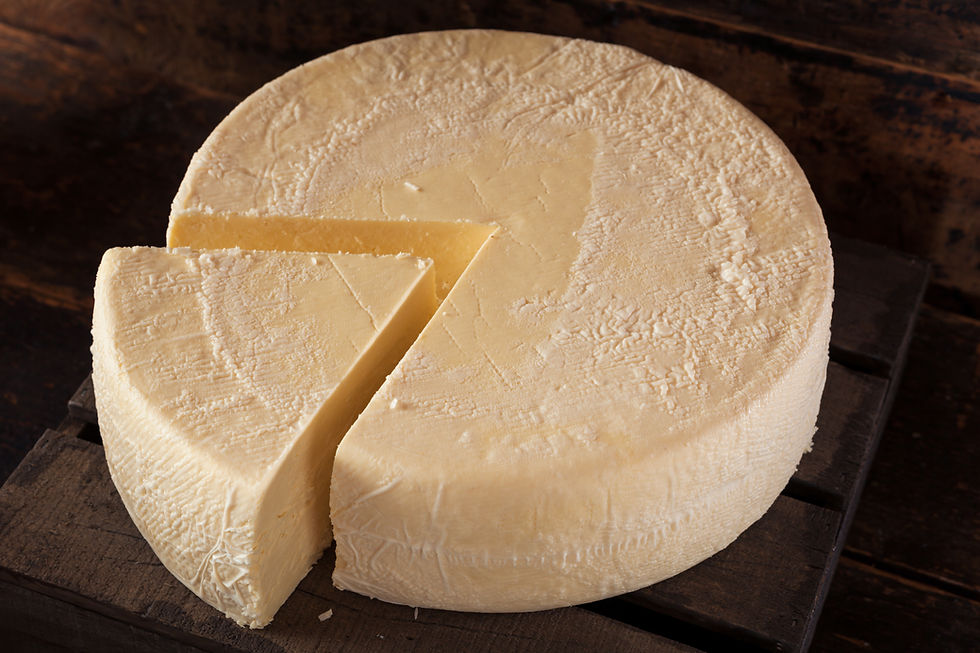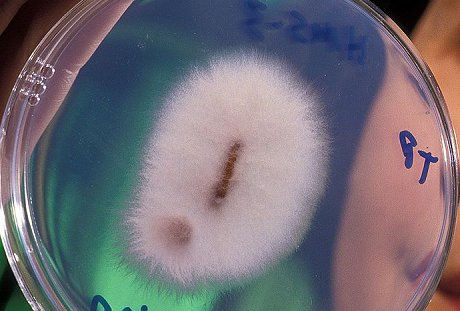Isolate Yeast & LAB Strains for Artisan Flavors
- Sylvia Rose

- Jan 3
- 6 min read
Updated: Jan 4
Yeast strains and lactic acid bacteria (LAB) in artisan baking and beverage production can affect the flavor profile of the product, like home-made cheese, as well as texture such as creaminess of beer foam. Isolating these microbes yields unique tastes and consumer delight.

The world of fermentation is a vibrant one, filled with subtle flavors and aromas from microbes like yeast and bacteria. The secret lies in specific strains of yeast or bacteria used. Isolating these strains from their environment is a critical step in ensuring desired flavors and traits.
This guide covers the process of isolating yeast and bacterial strains for artisans, as well as essential practices for hygiene. Cross-contamination can spoil a sample.
A microscope isn't strictly necessary but it gives a closer look at these fascinating organisms and their activities. Yeast, for instance, cannot move on its own, but creates chains and hyphae from daughter cells, even elongating its body, to cover distance to food or territory.

Isolating yeast or bacteria typically starts with collecting samples from environments rich in these microbes. Common sources include:
Fermented Products: Like wines, cheeses, or sourdough starters.
Natural Elements: Such as flowers, skins of ripe fruits or even soil.
A source can be anything from the air in a brewery, the environment of a bakery or a specific food product known for its unique microbial profile. Wild yeasts can often be harvested from the skins of fruits such as grapes and plums, or grains.

Sample Collection
Samples are collected from the chosen environment through various techniques. They include swabbing surfaces, capturing airborne microorganisms using settling plates, or simply scraping the skin of fruit. Naturally, co-occurring microbes will be found in the initial sample.
To isolate specific strains, spread the diluted sample onto selective media. The choice of media is crucial, thus using nutrient-rich agar plates specifically designed for yeast growth is recommended. These plates suppress unwanted species while allowing yeast to flourish.

Inoculation
The collected sample is inoculated onto a selective growth medium favoring the growth of the target strain while inhibiting others. Specific media encourage the growth of Saccharomyces cerevisiae, the yeast in brewing processes, suppressing undesirable bacteria.
The commercial medium used to isolate yeasts is YPD medium (Yeast extract Peptone Dextrose in 1:2:2 wt/Vol), with a pH of 6.5. Saccharomyces cerevisiae is also selectively antibacterial. It targets pathogens but has a strong working relationship with lactic acid bacteria (LAB).
Incubation
The inoculated plates are incubated under controlled conditions, allowing the microorganisms to grow. Different strains may have varying growth requirements, so the temperature, pH, and atmospheric conditions must be monitored and adjusted accordingly.

Colony Selection
After incubation, the distinct colonies emerging are examined. A colony is a cluster of microorganisms originating from a single cell to form a genetically uniform group. Morphological traits such as color, shape and size are considered when selecting colonies for further study.
Pure Culture
Once the colony is chosen, it's time to purify it. Pick a small section of the chosen colony and streak it onto a new agar plate to create a pure culture.
This ensures the strain is not contaminated with other microorganisms. After another incubation, the sample should be ready for biochemical testing or fermentation trials.

Characterization
The isolated strain undergoes characterization to confirm its identity and assess its characteristics, such as fermentation capacity and flavor profile. Techniques like genetic sequencing, biochemical tests, and sensory evaluations may be used.
Isolating yeast or bacterial strains is necessary for producers who want to craft products with unique flavors and textures, and have a yen for experimentation and creating signature products.

Different strains can lead to varied outcomes, such as:
Alcohol Production: In brewing, specific Saccharomyces cerevisiae strains can produce up to 8-12% alcohol by volume in beer, giving each brew its distinct character.
Sourness in Bread: In the world of sourdough bread-making, lactic acid bacteria contribute to the desired tangy flavor, often varying between 0.4% to 1.5% acidity. Carbon dioxide released by yeast creates the airy bread bubbles.
Every strain influences biochemical pathways interacting with sugars and other fermentables to ultimately shape the product's flavor. Isolating a particular strain lets artisans leverage these unique characteristics for improved product offerings.
Proper documentation throughout the process is important. Detailed notes ensure consistency in future isolations for quality results.

Importance of Hygiene in the Lab
Maintaining proper hygiene in laboratories is crucial to avoid cross-contamination during the isolation of yeast and bacterial strains. The following practices are essential:
Sterilization: All tools and equipment, including petri dishes, pipettes, and culture media, must be sterilized before use. Autoclaving is a common method for sterilizing glassware and media.
Personal Hygiene: Lab personnel should wear appropriate protective gear, including gloves and lab coats, and follow strict handwashing protocols to minimize the risk of introducing unwanted microbes.
Controlled Environment: Working in a clean, controlled environment reduces the chance of airborne contamination. Laminar flow hoods can provide sterile working conditions by filtering out contaminants.
Minimized Movement: Reducing unnecessary movement in the lab helps prevent the dispersal of airborne contaminants, which could compromise cultures.
Preventing cross-contamination is crucial for isolating pure strains. Good hygiene practices help ensure the integrity of isolated microbes to give accurate results.

Applications and Examples
Isolated yeast and bacterial strains have countless applications. In brewing, different strains of Saccharomyces cerevisiae contribute distinct flavors and aromas, creating a diverse range of beers from hoppy IPAs to rich stouts.
The famous Belgian witbier incorporates wild yeast strains like Brettanomyces, adding complex notes of earth and fruitiness. In baking, isolation of specific Saccharomyces strains enhance bread’s texture and flavor, resulting in a light, airy loaf.
Brewers and sourdough bakers often cultivate wild yeast and lactic acid bacteria from their environment. This is an ancient practice and produces unique flavors reflecting the characteristics of specific locales and ecosystems.
Lactic acid bacteria is integral to fermented products like yogurt, kimchi, salami and sauerkraut. Isolating strains like Lactobacillus and Streptococcus thermophilus improves the health benefits, flavors and textures probiotic-rich foods.
It's important to monitor all stages of creation. Consistently check incubation plates for signs of contamination. If unexpected growth appears, isolation methods need to be adjusted to improve sterility.

Interesting Facts About Yeast and Bacteria
Diversity of Strains: Research indicates that less than 1% of yeast species are cultivable in laboratory settings. This stark statistic underscores the potential value of isolating unique strains for artisan producers.
Historical Significance: Traditional brewing cultures often preserve specific yeast strains as family legacies, passed down through generations to maintain flavor consistency.
Health Benefits: Certain strains of lactic acid bacteria, such as Lactobacillus, not only boost flavor but also offer probiotic benefits that support gut health.
Isolating yeast and bacterial strains is a rewarding process and can greatly enhance the quality and unique identity of artisan products.

Non-Fiction Books:
Fiction Books:
READ: Lora Ley Adventures - Germanic Mythology Fiction Series
READ: Reiker For Hire - Victorian Detective Murder Mysteries



